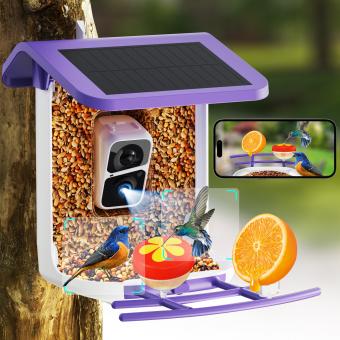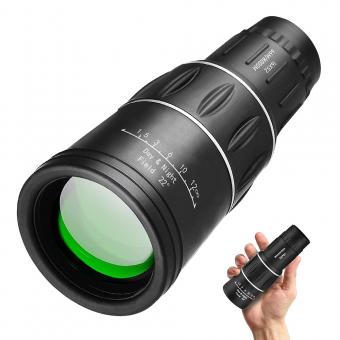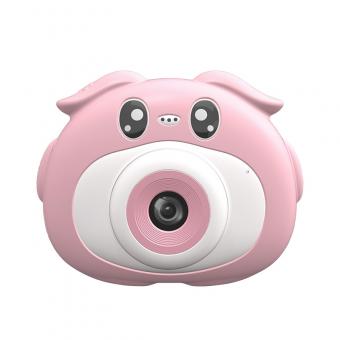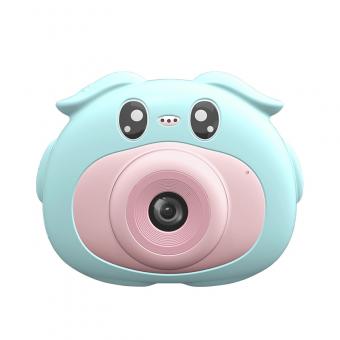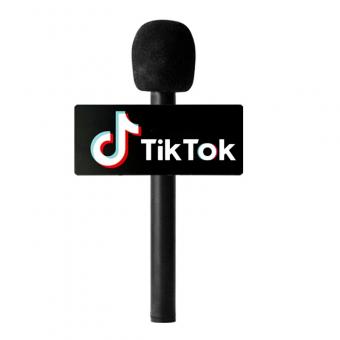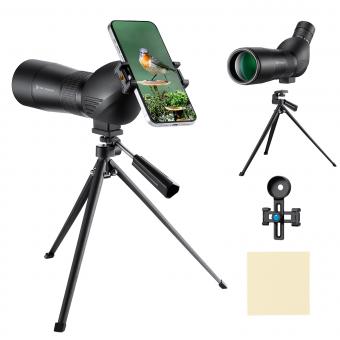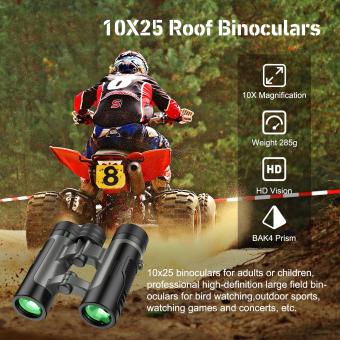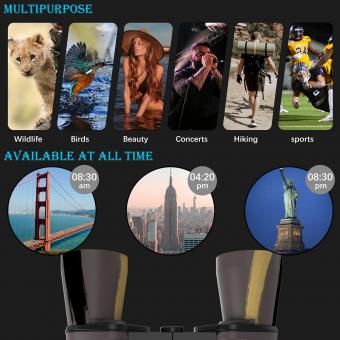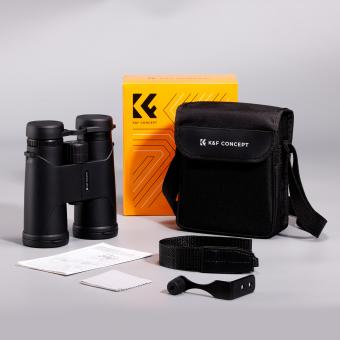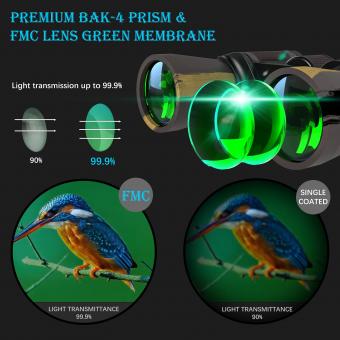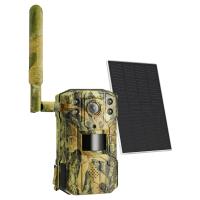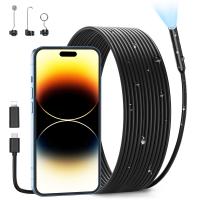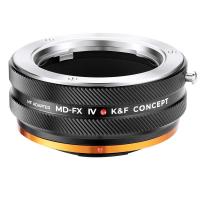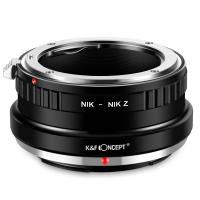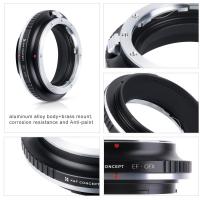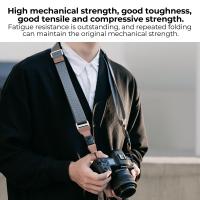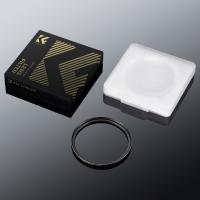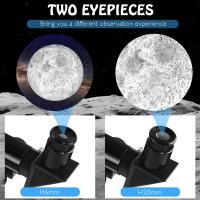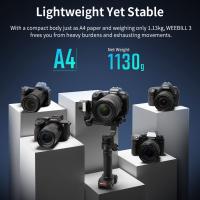Are 12x50 Binoculars Good For Bird Watching ?
Yes, 12x50 binoculars are generally considered good for bird watching. The 12x magnification allows for a closer view of birds, making it easier to observe their details and behavior. The 50mm objective lens diameter provides a larger amount of light gathering capability, resulting in brighter and clearer images, especially in low-light conditions. This combination of magnification and objective lens size is well-suited for bird watching enthusiasts who want to observe birds from a distance and in various lighting conditions.
1、 Magnification: 12x
Yes, 12x50 binoculars are generally considered good for bird watching. The magnification power of 12x allows for a closer view of birds, making it easier to observe their features and behavior. This is especially useful when bird watching in open areas or when trying to spot birds that are far away.
The 50mm objective lens diameter is also beneficial for bird watching. A larger objective lens allows more light to enter the binoculars, resulting in brighter and clearer images. This is particularly advantageous in low-light conditions, such as early morning or late evening birding sessions.
However, it's important to note that the suitability of binoculars for bird watching can also depend on personal preferences and specific birding conditions. Some birders may prefer lower magnification binoculars, such as 8x or 10x, as they offer a wider field of view and are easier to stabilize. Higher magnification binoculars like 12x can be more challenging to hold steady, especially without the aid of a tripod or image stabilization technology.
Additionally, the weight and size of 12x50 binoculars may be a consideration for some birders. While the larger objective lens provides better light gathering capabilities, it also adds weight to the binoculars. This can make them less portable and tiring to use for extended periods.
In conclusion, 12x50 binoculars can be a good choice for bird watching, especially if you prioritize magnification and image brightness. However, it's always recommended to try out different binoculars and consider personal preferences and birding conditions before making a final decision.
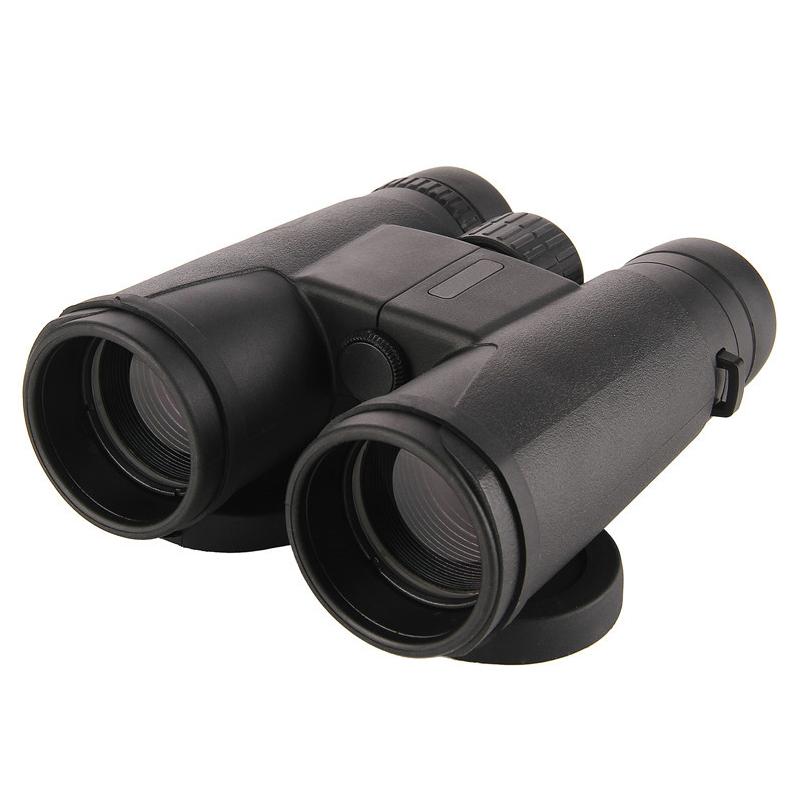
2、 Objective Lens Diameter: 50mm
Yes, 12x50 binoculars are generally considered good for bird watching. The objective lens diameter of 50mm allows for a larger amount of light to enter the binoculars, resulting in brighter and clearer images. This is especially important when bird watching, as it allows for better visibility of birds in low light conditions, such as during dawn or dusk.
The 12x magnification power is also beneficial for bird watching. It allows you to see birds in greater detail and observe their behavior from a distance. This is particularly useful when trying to identify different bird species or when observing birds that are perched high up in trees.
However, it is important to note that higher magnification can also make it more difficult to keep the image steady, especially if you have shaky hands. This can be mitigated by using a tripod or stabilizing the binoculars against a solid surface.
Additionally, the field of view may be narrower with higher magnification binoculars, making it harder to locate and track birds in flight. This can be a disadvantage if you are primarily interested in observing birds in motion.
Overall, 12x50 binoculars are a good choice for bird watching, especially if you prioritize image clarity and detail. However, personal preferences and specific bird watching needs may vary, so it is always recommended to try out different binoculars before making a final decision.
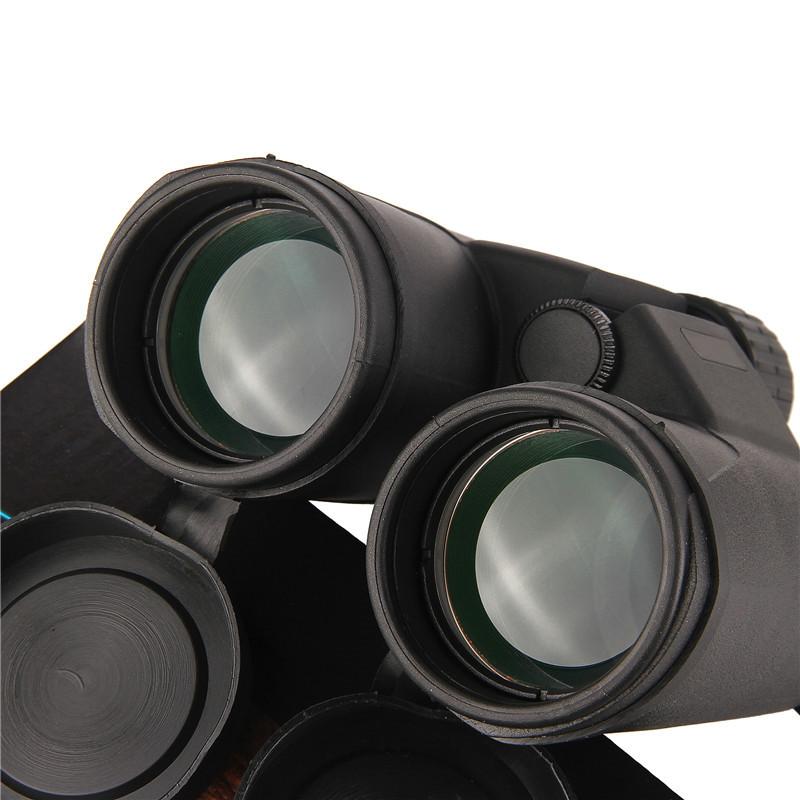
3、 Field of View: Wide or Narrow?
When it comes to bird watching, the field of view is an important factor to consider when choosing binoculars. A wider field of view allows you to see a larger area at once, making it easier to locate and track birds in flight. On the other hand, a narrower field of view may provide more magnification, allowing you to see more detail on a specific bird.
In the case of 12x50 binoculars, the first number (12x) refers to the magnification power, while the second number (50) represents the diameter of the objective lens in millimeters. These specifications indicate that these binoculars offer a 12x magnification and have a 50mm objective lens.
While 12x magnification can provide a closer look at birds, it also narrows the field of view. This means that you may have a harder time locating birds in the first place, especially if they are small or moving quickly. Additionally, the higher magnification can make it more challenging to keep the image steady without the aid of a tripod or image stabilization technology.
However, the 50mm objective lens diameter is beneficial for bird watching. A larger objective lens allows more light to enter the binoculars, resulting in brighter and clearer images, especially in low-light conditions. This can be advantageous when observing birds during dawn or dusk, or in heavily shaded areas.
In conclusion, 12x50 binoculars can be suitable for bird watching, but the narrower field of view may pose some challenges. It is important to consider your specific bird watching needs and preferences. If you prioritize a wider field of view for easier bird tracking, you may want to consider binoculars with lower magnification. However, if you value the ability to see more detail on birds, especially in low-light conditions, the 12x50 binoculars can be a good choice.
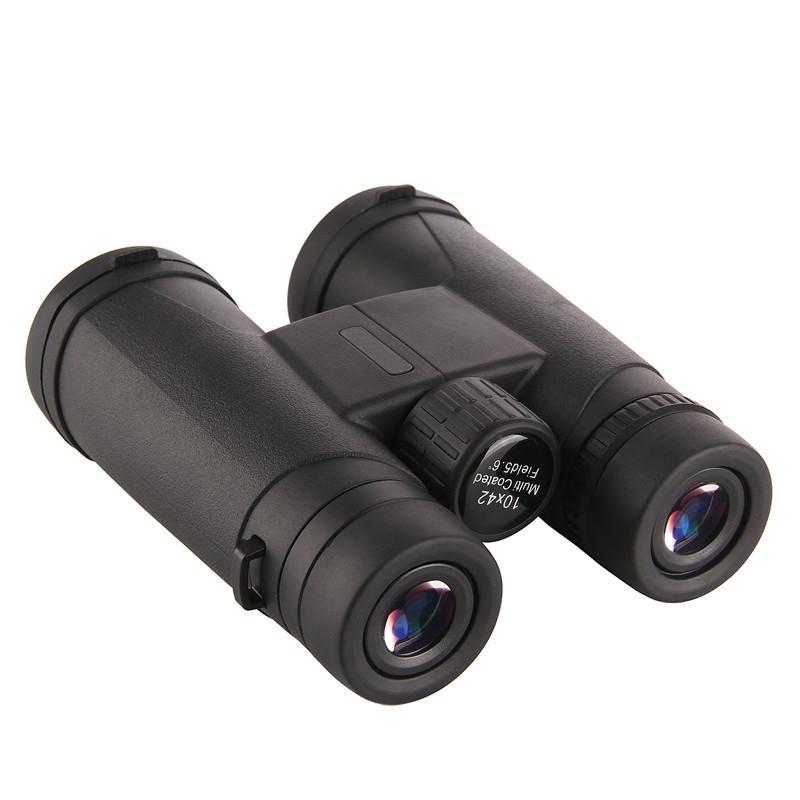
4、 Image Quality: Clarity and brightness
12x50 binoculars can be a good choice for bird watching, depending on your specific needs and preferences. One important aspect to consider is the image quality, particularly the clarity and brightness.
The 12x magnification of these binoculars allows you to see birds in greater detail, making it easier to identify different species and observe their behavior. This can be especially useful for birders who are interested in studying birds from a distance or in open areas. The 50mm objective lens diameter is also beneficial as it allows more light to enter the binoculars, resulting in brighter images.
However, it's important to note that higher magnification can also make the image shakier, especially if you don't have a steady hand or if you're observing birds from a moving vehicle. In such cases, image stabilization features or a tripod may be necessary to maintain a steady view.
Additionally, the larger objective lens diameter of 50mm means that these binoculars may be heavier and bulkier compared to models with smaller objective lenses. This can make them less portable and more tiring to hold for extended periods of time. It's important to consider your comfort and the intended usage before making a decision.
In terms of the latest point of view, technological advancements have led to improvements in image quality across various binocular models. Some manufacturers now offer binoculars with high-quality lens coatings, such as anti-reflective coatings, that enhance image clarity and brightness even further. These coatings reduce glare and improve light transmission, resulting in sharper and more vibrant images.
Ultimately, the suitability of 12x50 binoculars for bird watching depends on your personal preferences, the specific birding environment, and your ability to handle the higher magnification and larger size. It's always recommended to try out different models and consult with experienced birders before making a purchase.




